Extending blade life is a systematic project that involves multiple aspects such as parameter setting, daily maintenance, equipment status, and operating habits. By following these tips, you can significantly improve blade life, reduce production costs, and guarantee slitting quality.
1. Core principles: Understand the key factors that affect lifespan
Short blade life is often caused by:
1. Premature Wear: The blade material does not match the material being cut, or the parameters are improperly set, leading to friction overheating.
2. Chipping edges, chips: Encountering hard impurities in the material, joints, or colliding with the base knife (pad knife).
3. Rust: Improper storage or not timely cleaning of special materials after cutting.
4. Fatigue injury: working under unreasonable stress for a long time.
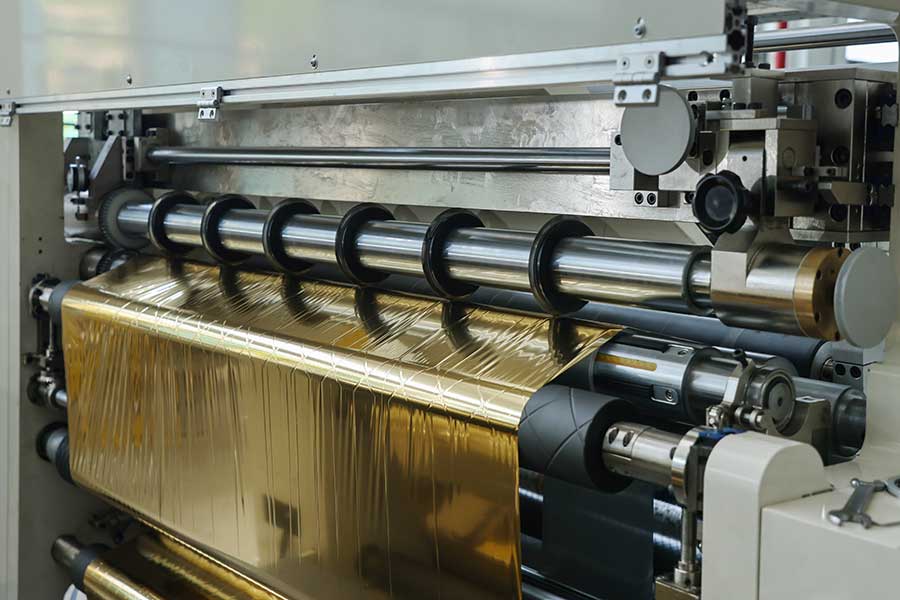
2. Parameter optimization and setting skills
Correct parameter setting is the first and most important hurdle to extend the life of the blade.
1. Blade Gap
• Principle: Clearance setting is essential for the shearing and slitting method of single-edged blades with base knives.
◦ Excessive clearance: Unable to completely cut the material, it will produce wire drawing, burrs, and accelerate the wear of the cutting edge due to the pulling of the material.
◦ Too small gap: The blade is in direct contact with the bottom knife and friction, resulting in instant high temperature, severe wear and even chipping.
• The Golden Rule: The gap of "one piece of paper". It is generally recommended to set the gap to about 1/3 of the thickness of the material, or if it can easily cut through the material without unusual noise. The most professional practice is to use a feeler gauge for precise setting. For beginners, you can try using an A4 sheet of paper (about 0.1mm) as a spacer, and pull it out after setting it, which is a common starting point for experience points.
2. Blade pressure (amount of cut)
• Principle: Use minimal pressure while ensuring cut-off.
◦ Excessive pressure: It will aggravate the wear of the blade and base knife (or another blade), generate high temperatures, and easily damage the tool shaft and bearing.
◦ Too little pressure: Cut the material without interruption.
• Tip: Start with a lower pressure and gradually increase until you can slice the material cleanly. Observe the cross-section of the incision, smooth and burr-free, which is the optimal pressure.
3. Slitting speed
• Principle: Faster is not better.
◦ Too fast: For some materials (such as thick films, composites), high-speed slitting generates a lot of heat, causing the material to melt and stick to the blade (commonly known as "chip buildup"), which can seriously affect the cut quality and corrode the knife edge.
◦ Tips: Find a balance between quality and speed while ensuring production efficiency. For heat-prone materials, the slitting speed can be appropriately reduced.
4. Blade overlap (for round blade shear and slitting)
• Principle: When two circular blades are sheared from each other, the amount of coincidence (bite depth) is usually set to 0.5-1.0mm. Excessive overlap can also lead to increased wear and heat.
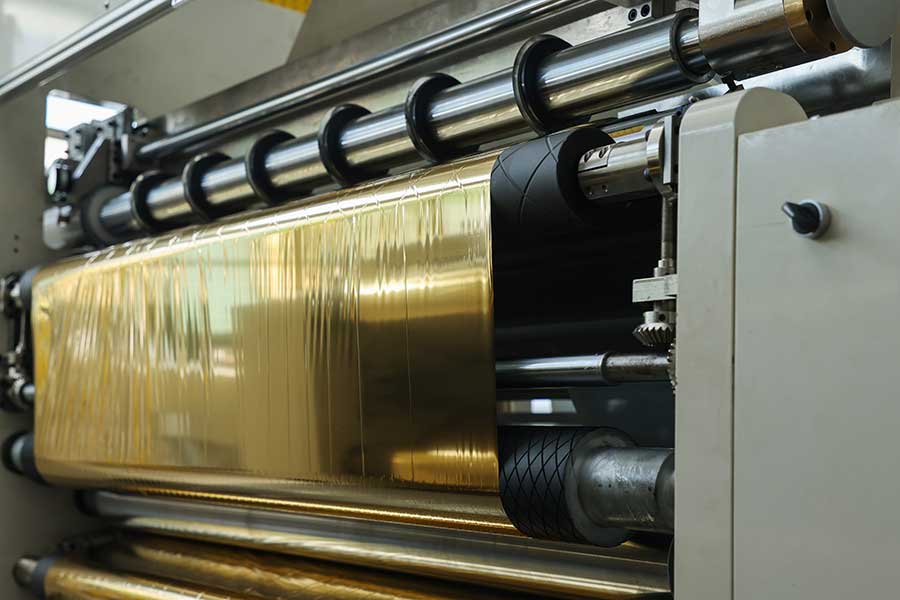
3. Daily maintenance and operation skills
1. Installation and commissioning
• Secure Installation: Ensure that the blade and base knife are securely installed without any loosening. Loosening can lead to abnormal cutting and collision damage.
• Precise tool alignment: Make sure the blade is perfectly parallel to the base knife (or another blade). Inaccurate tool alignment can lead to severe local wear and tear, and the blade will be scrapped quickly.
• Clean the base: Before installation, ensure that the tool shaft and mount are absolutely clean and free of any dust debris to ensure the concentricity and balance of the installation.
2. Clean
• Clean immediately after work: After each day's work, it is essential to thoroughly clean the blade surface with resin, glue, dust, and other residues using a soft cloth, alcohol, or special cleaning agent. It is strictly forbidden to use a hard scraper to scrape the knife opening.
• Anti-rust treatment: After cleaning, apply a thin layer of anti-rust oil or special protective agent (especially for long-term storage). Before using again, wipe the rust oil clean with alcohol to avoid contaminating the material.
3. Sanding and repair
• Regular Grinding: When you notice a decrease in slitting quality (such as increased burrs), remove the blade promptly for professional sanding. Don't wait until it's completely passivated before grinding, as this will grind away more material and greatly shorten the overall blade life.
• Professional matters: Grinding requires professional equipment and craftsmanship, and it is recommended to leave it to the original factory or a professional tool service provider to ensure the accuracy and angle of the blade.
4. Storage
• Separate storage: Each blade should be stored with a special protective case or independent stand to avoid collisions between blades or contact with other metal objects.
• Environmental requirements: The storage environment should be dry and clean to avoid rust caused by moisture.
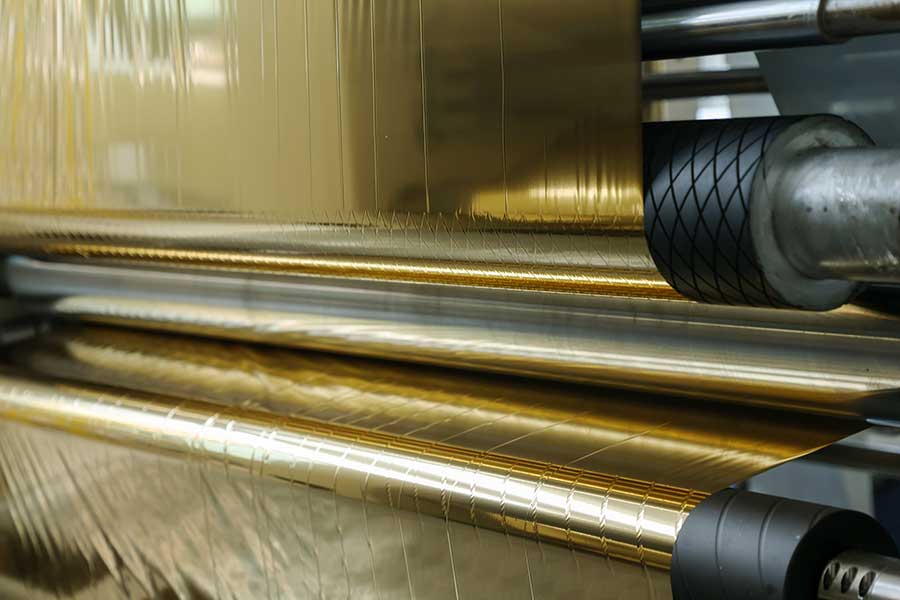
4. Consideration of equipment and other factors
1. Bottom knife (pad knife) status: The flatness and wear of the bottom knife directly affect the life of the upper blade. Worn bottom knives should be inspected and replaced regularly. An expensive set of upper blades with a cheap, worn bottom knife is a great waste.
2. Equipment accuracy: Check whether the runout of the tool shaft and the clearance of the bearing are within the allowable range. Reduced equipment accuracy can directly lead to unstable cutting and abnormal wear.
3. The material itself:
◦ Cleanliness: Impurities such as dust, sand, and metal chips in the material are the "number one killers" of blade chipping.
◦ Joint: Pay attention to the material joint when passing the material, slow down or handle it manually in advance to avoid violent impact on the knife edge.
4. Blade Selection:
◦ Material matching: Select the appropriate material of the insert (such as high-speed steel, tungsten steel, ceramic coating, etc.) according to the material being cut. The blade materials and coatings required to cut paper, film, foil, and composite materials vary.
◦ Angle matching: Different knife edge angles (such as 28°, 30°, 35°, etc.) are suitable for different material properties (soft, hard, tough).
Summary and quick checklist
To maximize the life of your slitting machine blades, adopt the following habits:
• [ ] Parameter setting: Following the principles of "minimum pressure" and "suitable clearance", the initial adjustment is made with a feeler gauge or "one-piece paper method".
• [ ] Daily cleaning: must be cleaned after work and treated with anti-rust.
• [ ] Regular inspection: Check the blade and bottom knife for damage and looseness before starting the machine every day.
• [ ] Pair replacement: When the bottom knife is severely worn, it must be replaced in time, and do not "save a little money and spend a lot of money".
• [ ] Professional Maintenance: Regularly check the accuracy of the equipment by professionals and send the blades to professional polishing.
• [ ] Standardized operation: extra care is taken when passing the head and joints to avoid collision.
By systematically optimizing these aspects, you can not only significantly extend the blade life, but also steadily improve the quality of the slitting product, ultimately achieving the goal of reducing costs and increasing efficiency.
 Long-term reliability maintenance guide for ribbon slitting machines
Long-term reliability maintenance guide for ribbon slitting machines One-Click Operation: How the Convenience of Ribbon Slitting Machines Reshapes Workflows
One-Click Operation: How the Convenience of Ribbon Slitting Machines Reshapes Workflows Ribbon slitting machine: when precision meets user-friendly, the humanistic change of industrial design
Ribbon slitting machine: when precision meets user-friendly, the humanistic change of industrial design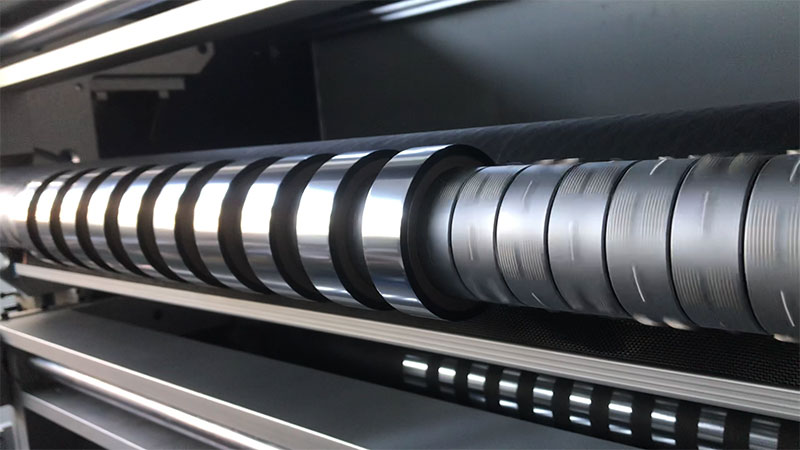 Reduced downtime: Reliability improvement solution for hot stamping foil slitting machines
Reduced downtime: Reliability improvement solution for hot stamping foil slitting machines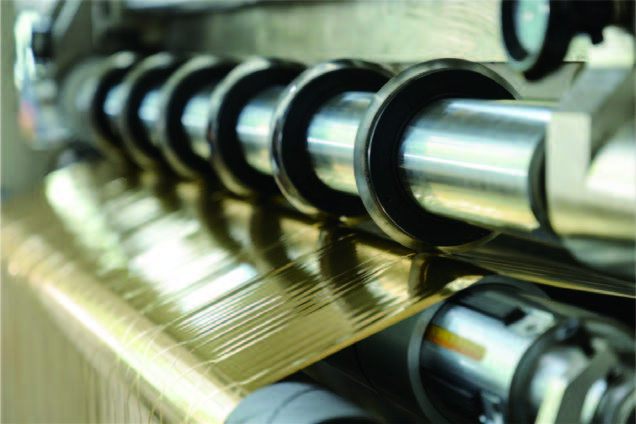 High reliability commitment: Durability testing and guarantee of hot stamping foil slitting machines
High reliability commitment: Durability testing and guarantee of hot stamping foil slitting machines